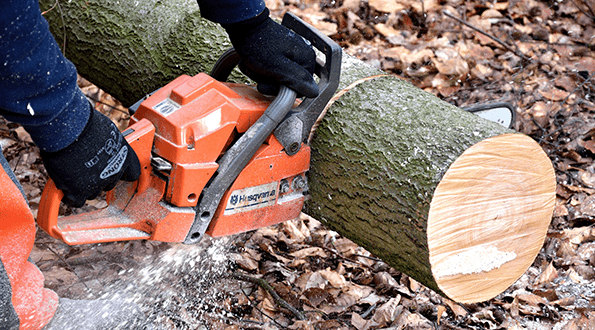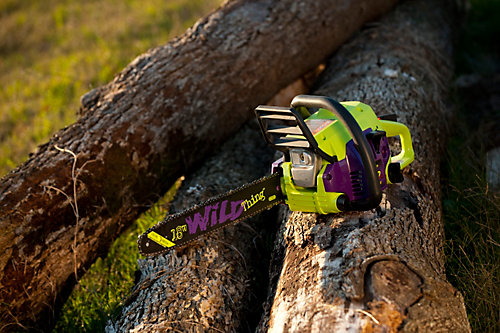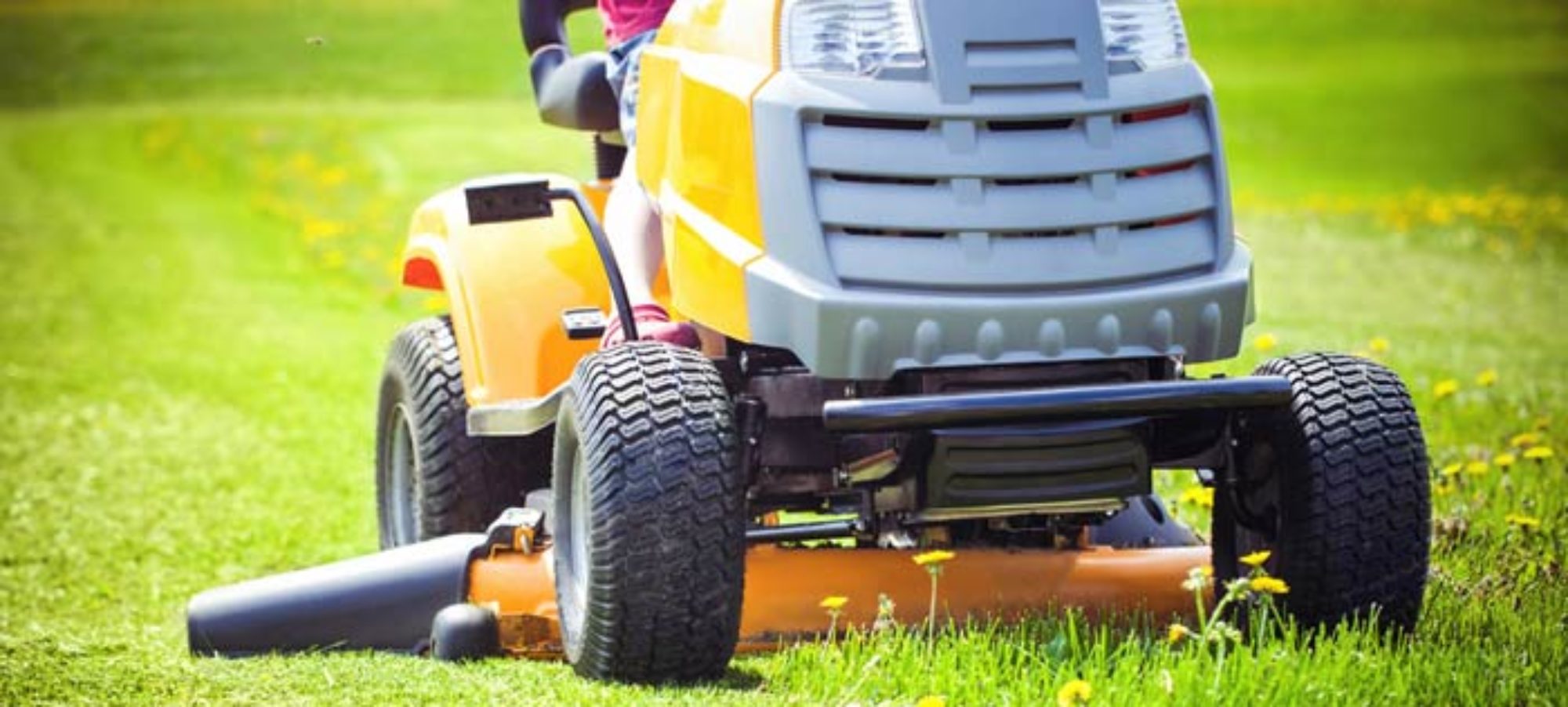
With the majority of today’s chainsaw owners being ‘occasional lumberjacks’ – using their machines for cutting and bucking logs or trimming their shrubbery and trees, they tend to forget how important it is to constantly care for your cutting equipment. Although with today’s modern saw being increasingly efficient, you can’t blame anyone for believing nothing needs to be done when their chainsaw cuts through raw timber as well as it did on the first day they used it.
However, constant neglect to their machine could prove to be a costly error in the future as the saw withstands a lot of punishment that, when untreated, could need a lot of repairs or replacement parts leading you to a hefty bill. So to save you from spending and stressing over you saw, and extending its life, here are some tips for caring and maintaining your chainsaw –
Bar maintenance – One of the most common problems with chainsaws is the wear of the underside of the bar, where most of your chopping and cutting occurs.
- Before each use, turn the guide bar so that the wear is distributed evenly
- Constantly clean the groove of the guide bar and oil inlet
- Remove the bar and file away burrs from its bar rails
- Replace your bar if either the bar groove is not deep enough to hold the drive link (this is found at the most worn part on the rail) or the chain is not kept straight up in the groove

Keep your chain sharp – Cutting with a dull or blunt chain leads to a more time consuming and costlier experience with your tools, it leads to higher fuel consumption and excessive wear. This can be avoided by filing your chains regularly in the correct way. These are the tools you need to keep your chain sharp:
- Round file
- Flat file
- File gauge
- Stump vice
How to sharpen the chain?
Place the filing gauge on the chain. The arrows on the filing gauge shouldpoint in the chain’s direction of rotation. Make sure the gauge has contactwith the chain.Use the round file. Place the file at a 90° angle to the rollers on thefiling gauge . File with both hands resting the file on both rollers. Filethe cutting tooth away from you with smooth strokes.Now proceed to file every other tooth. Each cutting tooth should be filedso that it is sharp. It is important that all the cutting teeth are ofequal length .- Once you have finished filing all the cutting teeth on one side, loosen
the vice and then attach the guide bar from the other direction. Sharpenthe cutting teeth in the same way from the opposite direction.
When to replace the chain –
- We advise replacing your chain if you find cracks or if the longest portion of the cutting tooth is less than 4 millimetres
Keep the chain lubricated – Another common cause of premature wear is poor lubrication of the chain, it is recommended that you check the oil each time you refuel. An easy way of checking is to start the chainsaw, hold it over a stump and rev the engine, if there is a line of oil on the stump then your chain lubrication is working.

Cleaning your chainsaw – Another important part of chainsaw maintenance, a few tips on how to clean it are:
- Locate the clutch cover and remove it.
- Clean the chain brake band.
- Clean the chainsaw bar occasionally by scooping out any debris from inside the track.
- Locate the cylinder cover and remove it.
- Wash the air filter.
- Clear out the cooling fins and air intake if there is debris stuck between the slots.
- Check the flywheel fins periodically to make sure nothing is blocking the air from cooling the engine.



